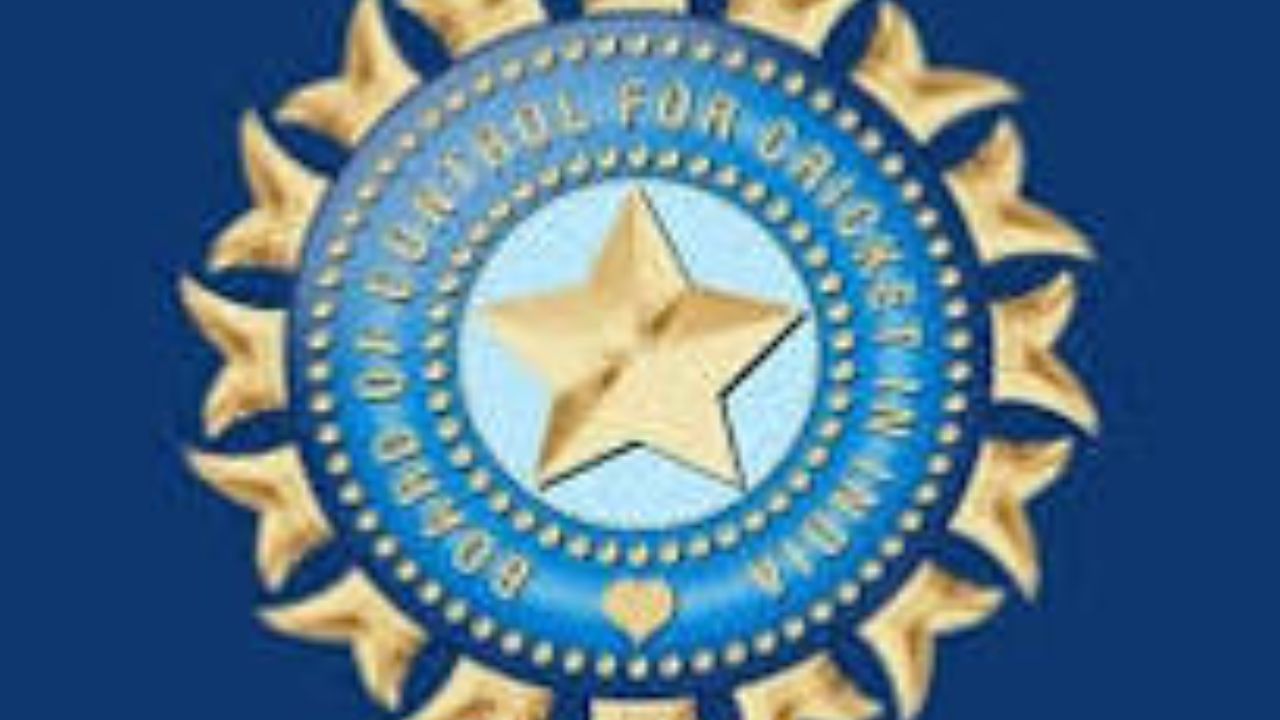Board of Control for Cricket in India: BCCI History, Evolution & Important Facts
To break the British monopoly in cricket, a group of players from Delhi’s Roshnara Club established the Board of Control for Cricket in India (BCCI) on December 4, 1928.

About the Board of Control for Cricket in India: BCCI’s founding members included 6 regional organisations. It is currently 30 full-time employees strong, and it is worth Rs 3,308 crore. The BCCI neither has a corporate structure nor does it adhere to one like other international sports organizations.
Additionally, it does not adhere to corporate governance laws. Up until around 2006, the board met at the home of whoever was president.
Its former headquarters were a one-and-a-half-room office building next to the Brabourne Stadium in Mumbai.
The brand-new stone and glass Cricket Centre at the Wankhede Stadium serves as the BCCI’s current home. The South African cricket team’s trip to India in November 1991, their first international assignment following a 21-year suspension for apartheid, marked the BCCI’s moment of transition.
When the South African Broadcasting Corporation paid the BCCI to broadcast an India series by a foreign company, the BCCI received its first TV rights from this tour.
Read Also~BCCI Takes Action – Odisha Cricketer Banned for Age Fraud
The BCCI is currently valued at about Rs 3,000 crore, and its agreement with the ICC, the international cricket governing body, only increases its wealth.
Board of Control for Cricket in India update
According to the existing revenue-sharing arrangement, BCCI receives roughly 3–4% of the surplus that ICC makes. This could increase as it is anticipated to receive 21–22% of the gross revenue over the following six to eight years. According to cricket sources, the BCCI may be expected to receive $550-770 million during the eight-year term if the ICC makes anywhere between $2.5 and $3.5 billion.
The national governing organization for cricket in India is called the Board of Control for Cricket in India (BCCI). The board was established as a society in December 1928 and registered as such with the Tamil Nadu Societies Registration Act.
The BCCI is the richest cricket organization in the world and the richest sporting organisation in India. The BCCI is not financially reliant on the Indian government. Thus, BCCI is not a government organisation.
Board of control for cricket in India: Membership
The BCCI offers two different types of membership. There are associate members and full members. On the board, each state is represented by a BCCI-recognized state cricket organization. The board permits only one Full Member per state. There are two exceptions, though.
Three current members from the states of Gujarat and Maharashtra continue as full members by the exceptions. All other current members who do not qualify as Full Members immediately join the BCCI as Associate members.
The board may also admit any other organization as an associate member. These organizations will be subject to all restrictions and disqualifications listed in the BCCI constitution.
Board of Control for Cricket in India: roles
The BCCI’s job is to oversee and control all aspects of Indian Cricket’s expansion and development. The cricket board has established criteria for the National team under its constitution by way of rules and regulations.
Read Also~Mobile Review: Benefits, Process & Latest Smartphone Review Ratings
The board first chooses where and against whom the national team will compete. Second, it examines how the youth teams and national teams are progressing. State associations, in consultation with the BCCI, oversee the IPL and different domestic events like the Ranji Trophy, Duleep Trophy, and Challenger series.
The BCCI also grants sponsors’ and media rights requests. Being in control of all money related to Indian cricket adds to the BCCI’s responsibilities.
